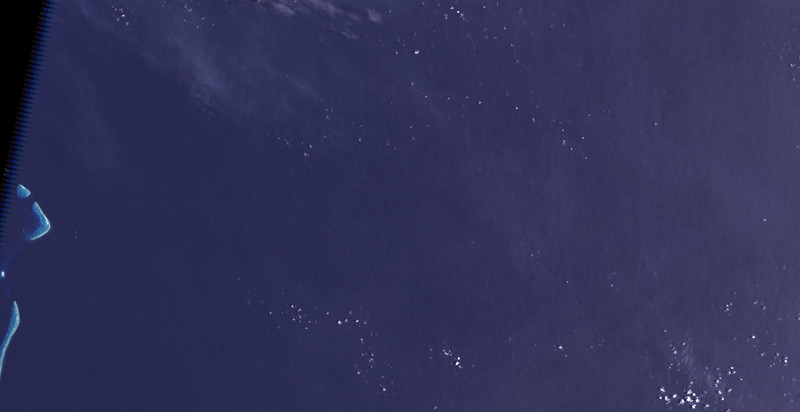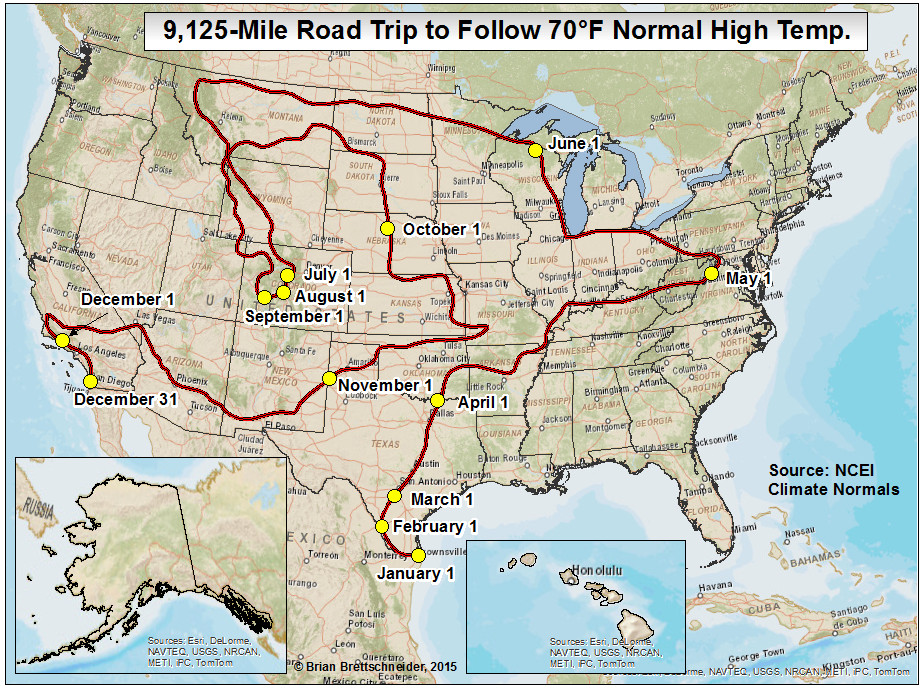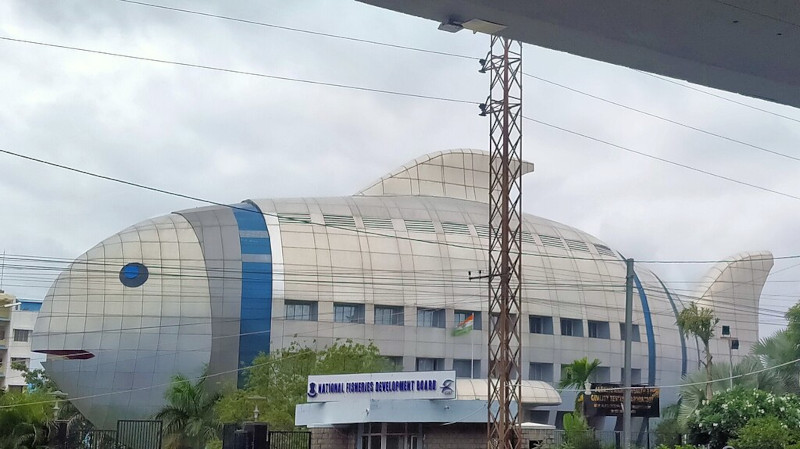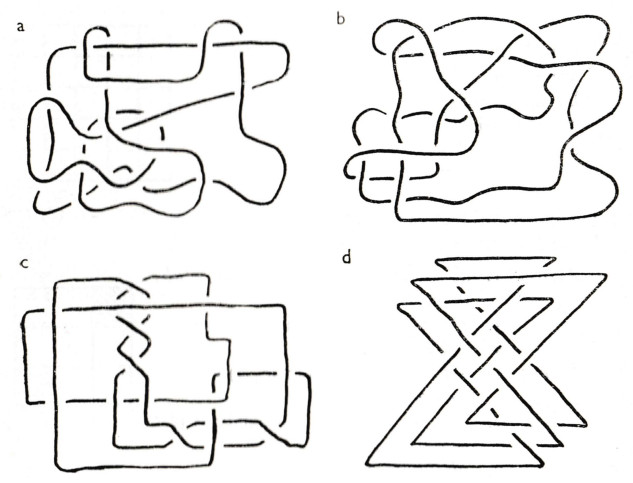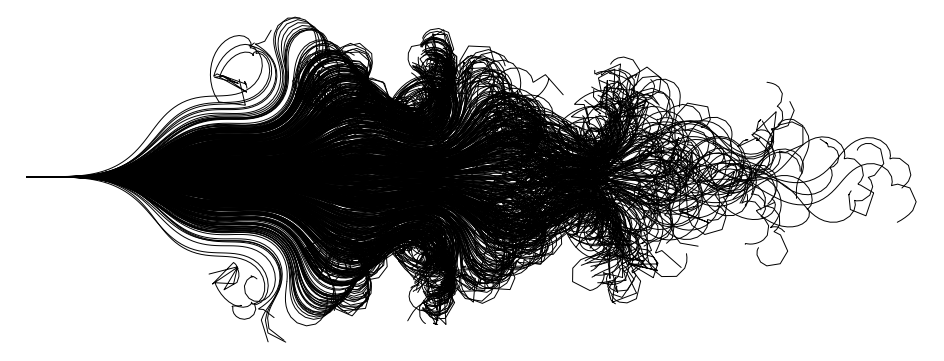An odd little detail: In Debt, anthropologist David Graeber mentions that Auguste Comte founded a Religion of Humanity “replete with vestments where all the buttons were on the back (so they couldn’t be put on without the help of others).”
I find this mentioned also by philosopher John Gray, but I haven’t been able to confirm it.
11/16/2023 UPDATE: Reader Fabienne Gallaire very helpfully found some more details. Comte was a disciple of the political theorist Henri de Saint-Simon, who had envisioned a religion of reason in which scientists formed the clergy. This article mentions “le fameux costume tricolore, incluant le gilet boutonné dans le dos”; here’s the costume (worn by Barthélemy-Prosper Enfantin, who helped to propound “Saint-Simonianism” after Saint-Simon’s death in 1825), and here’s the robe in particular. I find a bit more in Christine Gruwez’s 2011 book Walking With Your Time:
In his last work, published in 1825 — Nouveau Christianisme — Saint Simon describes, right up to the smallest detail, the practices of this new religion, dress code included. … John Gray mentions here the bizarre detail of a specific moment when the ‘priest robe’ that went with this new religion was designed in such a way that all the buttons were at the back of the robe, thus making it impossible to dress and undress by oneself. The purpose was that one had to do nothing but appeal to the help of his fellow man, whereby solidarity was the message. It was not unusual for this display of solidarity to take place on the public road, which led to all sorts of amusing scenes. The garment was prohibited in the end by police decree.
(Thanks, Fabienne.)

